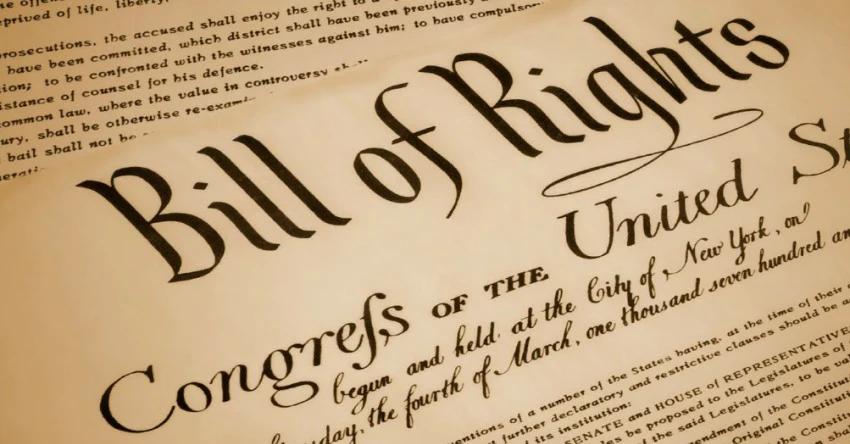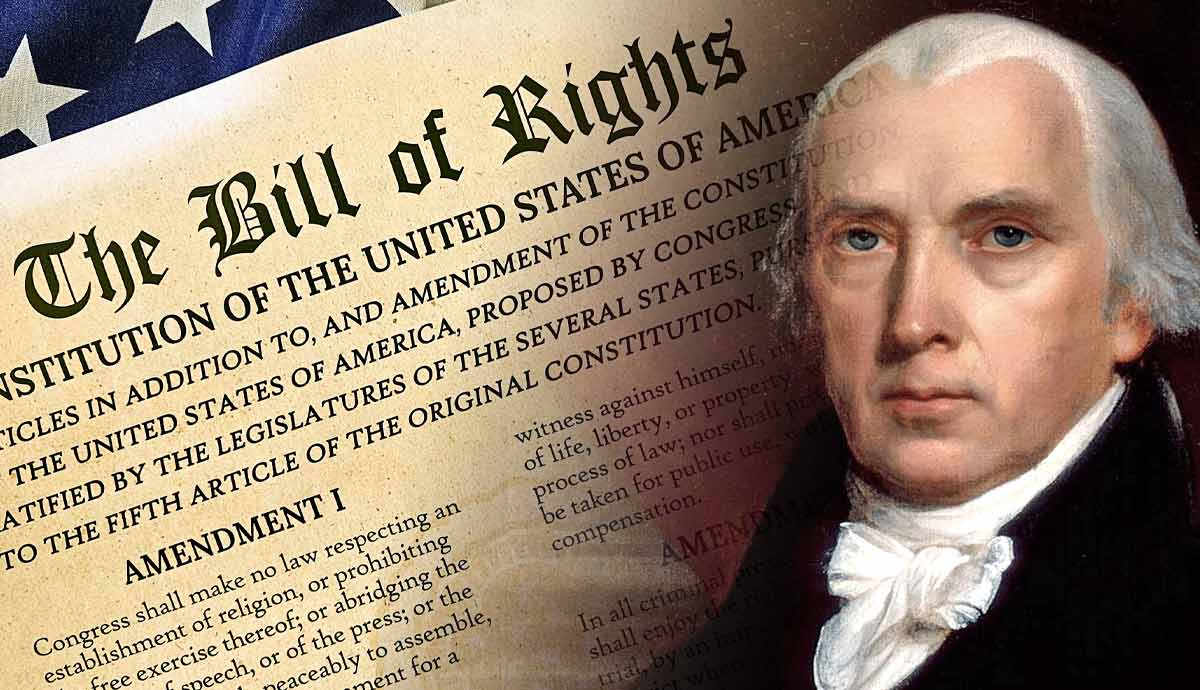The Bill of Rights: What Is It—and What Does It Actually Do?

The Bill of Rights is more than a list of rules, it’s a powerful check on government power.
The Dive
The Constitution told the government what it could do, but said little about what it couldn’t. That’s where the Bill of Rights came in. It was the people’s loud, clear demand: 'We just got rid of a king, we’re not about to hand unchecked power to a Congress.'
Written by James Madison but inspired by Enlightenment thinkers, revolutionary ideals, and British documents like the Magna Carta, the Bill of Rights was added in 1791. It includes the first ten amendments to the Constitution, setting guardrails against tyranny and laying the groundwork for civil liberties.
The First Amendment protects free speech, religion, the press, assembly, and petition. The Fourth protects your privacy. The Fifth says the government can’t take your life, liberty, or property without due process. These weren’t abstract ideals, they were direct responses to abuses people had lived through, like soldiers busting down doors without warrants, or colonists being jailed for criticizing the king.
But here’s the thing: the Bill of Rights didn’t apply to everyone. Not women. Not enslaved people. Not Indigenous nations. Not immigrants. Its promises were real, but not yet universal. For too long, civil liberties were more theory than practice, especially for people who didn’t have the power to demand them in court.
It took activists, movements, and organizations like the ACLU and NAACP to make the Bill of Rights real. It took the 13th, 14th, and 15th Amendments to end slavery and promise equal protection (on paper). And it took over 100 years before courts even started enforcing most of these rights consistently.
Civil liberties are the rights that protect us from government power. Civil rights are about equal treatment under that government. When your privacy is violated, it’s a civil liberties issue. When only some people’s privacy is violated, it’s a civil rights issue too.
From the Stamp Act to the Patriot Act, from Prohibition to Roe v. Wade and Dobbs, the story of American liberty is one of constant tension between order and freedom, between what’s written down and what’s lived out. The Bill of Rights is not a finished product. It’s a living framework. And its future depends on us.
So here’s the real lesson: Your rights aren’t guaranteed just because they’re written down. They exist because people fought for them, and still do. And they disappear when we stop paying attention.
Why It Matters
You don’t have rights because the government gave them to you. You have rights because you’re human. The Bill of Rights was written to stop the government from taking them away. But paper promises aren’t enough, you have to know your rights, defend them, and demand that they apply to everyone. That’s how liberty lives.
?
Why did some people want a Bill of Rights added to the Constitution?
What’s the difference between civil rights and civil liberties?
How did early American experiences under British rule shape the Bill of Rights?
What rights do you think are most at risk today—and why?
Can you think of a time in history when someone’s rights were protected because of the Bill of Rights?
Dig Deeper
Daily, Americans exercise their rights secured by the Constitution. The most widely discussed and debated part of the Constitution is known as the Bill of Rights. Belinda Stutzman provides a refresher course on exactly what the first ten amendments grant each and every American citizen.
These are our rights, what makes the USA the USA: speech, press, religion and more — and no one can take them away. Performed by Adam Lambert.
Related

The First Amendment: America’s Blueprint for Freedom
The First Amendment protects freedoms of speech, religion, press, assembly, and petition. It’s the foundation of American democracy—but also a source of constant debate and interpretation.

Federalists vs. Anti-Federalists: The Battle That Built the Constitution
One side feared chaos. The other feared tyranny. Together, they gave us the Constitution—and the Bill of Rights.

The Constitutional Convention: Building a More Perfect Mess
In the summer of 1787, 55 men locked themselves in a room to fix the government—and ended up rewriting it from scratch. What came out wasn’t perfect, but it changed everything.
Further Reading
Stay curious!
